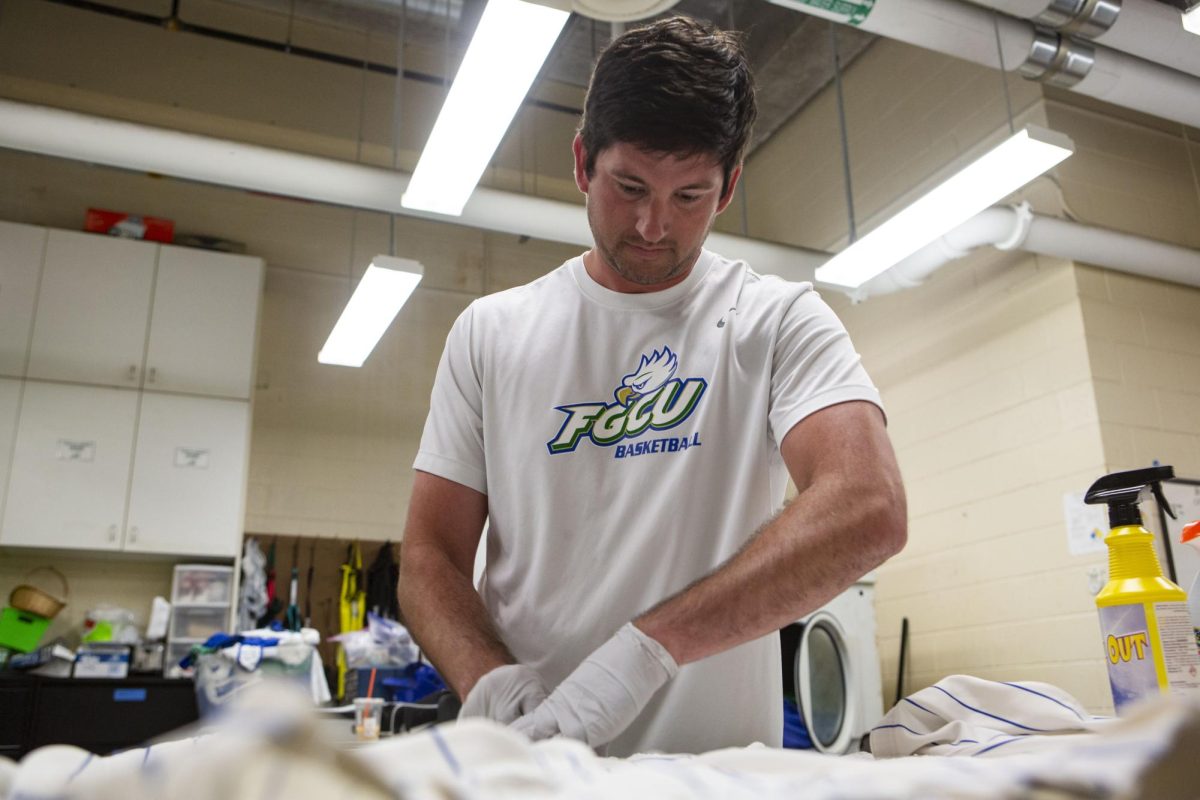For 57 years, the Barbie doll’s infamous body has stirred controversy for being unrealistic and shallow compared to what actual body types around the world are like.
In 2014, Mattel began its mission to redefine the doll, calling it Project Dawn. These new additions began selling alongside the original dolls on Jan. 28.
The three new bodies include petite, tall and curvy dolls. New skin tones and ethnicities have been added as well as hairstyles, such as short, curly brown hairdos, half-shaved and blue-to-brown ombre hair.
“Our decision to go through this journey was inspired by many things,” Evelyn Mazzocco, the general manager of Barbie, said in a statement to Time magazine. “And, of course, it was inspired by softness in sales.”
In 2014, the Elsa doll from “Frozen” dethroned Barbie as the most popular girl toy. Lego also surpassed Mattel as the biggest toy company in 2014 when it introduced its new girl toys.
“Our change was also inspired by the world around us today,” Mazzocco said. “Barbie seemed to be out of touch.”
It’s a great risk for Mattel. The brand receives $1 billion in sales across more than 150 countries annually. In part, thanks to the dolls’ affordable $10 price tag, 92 percent of American girls ages three to 12 have owned a Barbie.
The company hopes that the new dolls, with their diverse body types, along with the new skin tones and hair textures introduced last year, will more closely reflect their young owners’ world. However, the plan could backfire, when girls will attempt to put petite Barbie clothes on a curvy or tall Barbie, or vice versa, and it won’t fit.
In light of this realization, Mattel is prepared to answer any question regarding this situation by setting up a separate help line just to deal with Project Dawn complaints.
American beauty goals have evolved with the now iconic bodies of celebrities such as Kim Kardashian West, Beyoncé and Demi Lovato, while postmodern feminist leaders like Lena Dunham are confidently flaunting their un-Barbie-like figures in the public eye, fueling a movement that promotes body acceptance.
Barbie’s creator, Ruth Handler, based Barbie’s body on a German doll called Lilli, a gag gift handed out at bachelor parties. When Handler introduced Barbie in 1959 at the New York Toy Fair, her male competitors laughed her out of the room: nobody, they insisted, would want to play with a doll with breasts.
Nonetheless, sales took off, and by 1963, women were protesting for the first time regarding the body that men had once ridiculed. That same year, another Barbie was introduced with a diet book that recommended, “Don’t eat.”
Now those times have changed. Mattel argues that Barbie being a businesswoman in 1963, an astronaut in 1965 and a surgeon in 1973 is a symbol of female empowerment.
“It’s about choices,” president Richard Dickson said in a statement. “Barbie had careers at a time when women were restricted to being just housewives. Ironically, our critics are the very people who should embrace us.”
At Mattel headquarters in El Segundo, California, there is a testing room for evaluation.
“This one’s a little chubbier,” said a six-year-old girl, who was given the curvy Barbie to play with. In other sessions, girls are similarly careful about labels.
“She’s, well, you know,” said an eight-year-old as she uses her hands to gesture a curvier woman. She refused to say the word fat to describe the doll, instead spelling it out, “F-a-t.”
“I don’t want to hurt her feelings,” she says a little desperately.
This is a sign that children as young as six and seven are already prepared for dolls with unrealistic body types, and this highlights Mattel’s challenge to bring the new dolls to light.
As per usual, this new change will offend some people or won’t be good enough for others.
“Ultimately, haters are going to hate,” Dickson said. “We want to make sure the Barbie lovers love us more — and perhaps changing the people who are negative to neutral. That would be nice.”


































